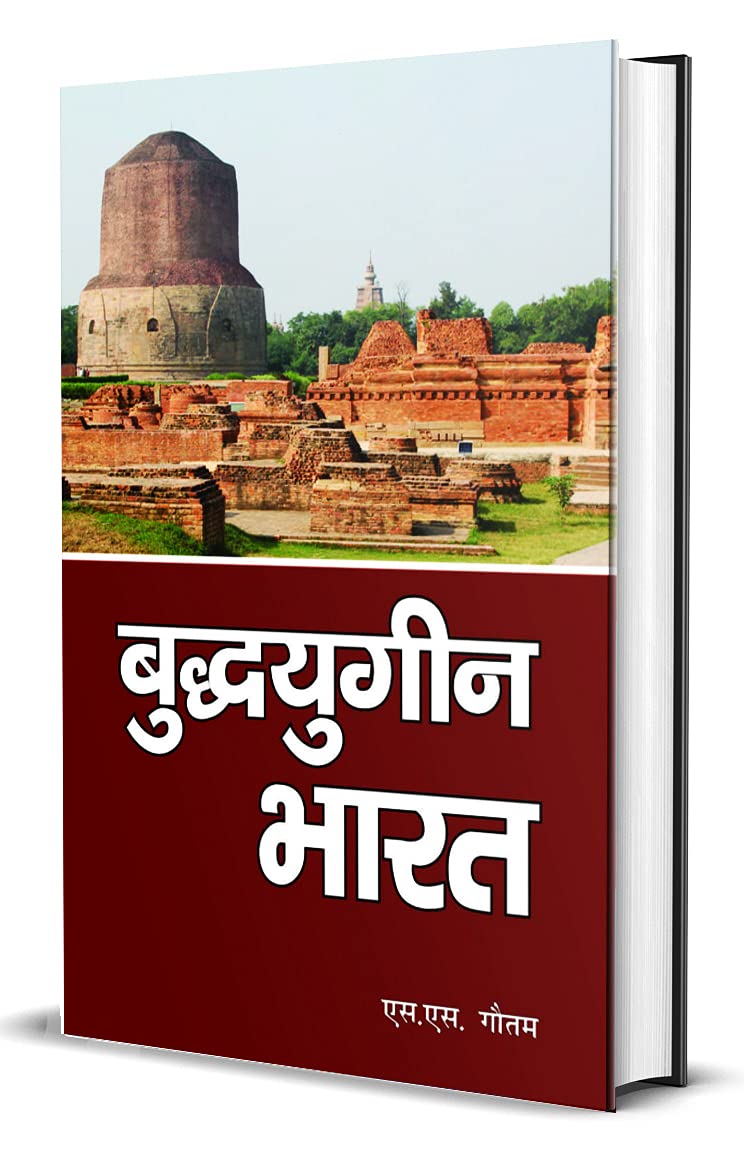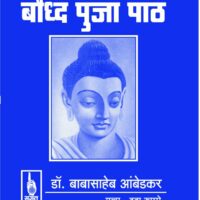बुद्धयुगीन भारत
₹240.00
बुद्धयुगीन भारत का ऐसा ऐतिहासिक काल है, जब बौद्ध धर्म भारत में विस्तार पाया था। इस काल का समय लगभग 6 वीं से 5 वीं सदी ईसा पूर्व तक था।
बुद्धयुग में भारत में बौद्ध धर्म के विकास और प्रसार के साथ-साथ भारतीय संस्कृति और भाषा के विकास में भी बहुत बड़ी भूमिका रही। इस काल के दौरान बौद्ध धर्म के महान धर्मगुरु जैसे गौतम बुद्ध, महावीर, आदि भारतीय धर्म के विकास में बहुत बड़ी भूमिका निभाईं।
बुद्धयुग में भारत में बौद्ध संस्कृति के विकास के साथ-साथ भारतीय संस्कृति में भी कई नए शैलियां आईं। इस काल में कवि और लेखकों ने भारतीय संस्कृति के विभिन्न पहलुओं को व्यक्तिगत अंदाज में व्यक्त किया था।
Description
India in the age of Buddhism refers to the time period when Buddhism emerged as a major religion in India. This period spans from the 6th century BCE to the 12th century CE. During this time, India saw significant cultural, social, and political changes, largely influenced by the teachings of the Buddha.
Buddhism originated in India in the 6th century BCE, when Siddhartha Gautama, also known as the Buddha, attained enlightenment under a Bodhi tree in Bodh Gaya. The Buddha taught the Four Noble Truths and the Eightfold Path, which became the foundation of Buddhism. His teachings spread rapidly across India, and soon Buddhism became a major religion in the country.
One of the key features of India in the age of Buddhism was the rise of urbanization. As Buddhism spread, more and more people became interested in the teachings of the Buddha. This led to the establishment of new urban centers, such as Rajagriha, Sravasti, and Vaishali. These cities became centers of learning and culture, and attracted many scholars and monks.
Another important feature of India in the age of Buddhism was the emergence of a new social order. The Buddha rejected the traditional caste system and advocated for social equality. His teachings challenged the existing social hierarchy and encouraged people to lead a virtuous life. As a result, Buddhism attracted people from all castes and classes.
Buddhism also had a significant impact on the political landscape of India. Many rulers, such as King Ashoka, became followers of Buddhism and promoted the religion. Ashoka is known for his famous edicts, which were inscribed on rocks and pillars throughout his empire. These edicts promoted social welfare and religious tolerance, and helped to spread the teachings of the Buddha throughout India.
The spread of Buddhism also led to the development of new art forms in India. Buddhist art is characterized by its use of symbols and iconography, such as the lotus flower, the wheel of Dharma, and the Buddha’s footprints. These symbols were used to convey the teachings of the Buddha and to inspire devotion among followers.
During the age of Buddhism, India also saw significant developments in the field of literature. The Pali Canon, which contains the Buddha’s teachings, was written down in the 1st century BCE. This canon became the basis for Buddhist literature and scholarship, and has been translated into many languages around the world.
India in the age of Buddhism was also a time of great intellectual and philosophical ferment. The Buddha’s teachings challenged existing beliefs and encouraged people to question the nature of reality. This led to the development of new philosophical schools, such as Madhyamaka and Yogacara. These schools sought to explain the nature of consciousness and the relationship between the self and the world.
However, the age of Buddhism in India was not without its challenges. Over time, the religion became fragmented into different schools and sects, each with its own interpretations of the Buddha’s teachings. This led to conflicts and debates among Buddhists, and weakened the religion’s hold on Indian society.
Furthermore, Buddhism faced competition from other religions, such as Jainism and Hinduism. Jainism, like Buddhism, rejected the caste system and advocated for non-violence. Hinduism, on the other hand, incorporated many elements of Buddhism, such as the belief in karma and rebirth.
In conclusion, India in the age of Buddhism was a time of significant cultural, social, and political changes. Buddhism emerged as a major religion in India and had a profound impact on Indian society. The religion challenged existing beliefs and encouraged people to question the nature of reality. However, Buddhism also faced challenges and competition from other religions, which weakened its hold on Indian society over time.
Only logged in customers who have purchased this product may leave a review.















Reviews
There are no reviews yet.